What Is Pediatric Sleep Apnea?
Pediatric sleep apnea isn’t just snoring. It’s when a child’s airway repeatedly closes during sleep, causing pauses in breathing. These pauses can last a few seconds to over a minute, and they happen dozens of times each night. The most common cause? Enlarged tonsils and adenoids. In kids between ages 2 and 6, these tissues are naturally larger relative to their airway size. When they swell-often from frequent colds, allergies, or infections-they block airflow, forcing the child to struggle for breath while sleeping.
This isn’t a minor issue. When breathing stops, oxygen levels drop. The brain wakes the child up just enough to restart breathing, but not enough for real rest. Over time, this fragments sleep, leading to daytime fatigue, trouble concentrating in school, mood swings, and even behavioral problems that mimic ADHD. Left untreated, it can strain the heart, slow growth, and affect brain development. Studies show children with severe cases can have 15 to 30 breathing interruptions every hour.
Why Tonsils and Adenoids Are the Main Culprits
Tonsils sit at the back of the throat. Adenoids sit higher, behind the nose. Together, they form a ring of lymphatic tissue meant to trap germs. But in young children, they grow bigger than they need to be. When they get inflamed, they don’t shrink back. That’s when they become a physical barrier to breathing.
Doctors don’t just guess if these tissues are the problem. They use a scoring system called the tonsil size grading scale. Grade 3 or 4 means the tonsils are touching or nearly touching each other in the back of the throat. That’s a strong red flag. Adenoids are harder to see without a special scope, but if a child breathes through the mouth constantly, snores loudly, or has a nasal voice, adenoid enlargement is likely.
Here’s the key insight: removing just one of them often isn’t enough. Research from the NIH and University of Chicago shows that both tonsils and adenoids usually need to come out together. Even if one looks bigger, the other is often contributing to the blockage. Removing only the tonsils leaves behind a hidden obstruction in the back of the nose. That’s why recurrence rates are higher with partial surgery.
Adenotonsillectomy: The First-Line Treatment
For most healthy kids with enlarged tonsils and adenoids, surgery is the best first step. The procedure-called adenotonsillectomy-is one of the most common surgeries done on children. It’s done under general anesthesia and usually takes less than an hour. Most kids go home the same day.
Success rates? Between 70% and 80% for children without other health problems. That means most stop snoring, breathe normally at night, and wake up rested. Yale Medicine reports that kids who undergo this surgery often show better school performance and fewer behavioral issues within just a few months.
But it’s not risk-free. About 1% to 3% of children experience bleeding after surgery, sometimes requiring a return to the hospital. Breathing problems in the first 24 hours happen in about half a percent of cases, especially in very young kids or those with other conditions like obesity or Down syndrome. Recovery takes 7 to 14 days. Kids need soft foods, plenty of fluids, and no rough play.
There’s a newer option: partial tonsillectomy. Instead of removing the entire tonsil, surgeons remove only the swollen part. This reduces pain, lowers bleeding risk by about half, and cuts recovery time by 30%. But it’s not available everywhere. Only a few specialized pediatric centers offer it.
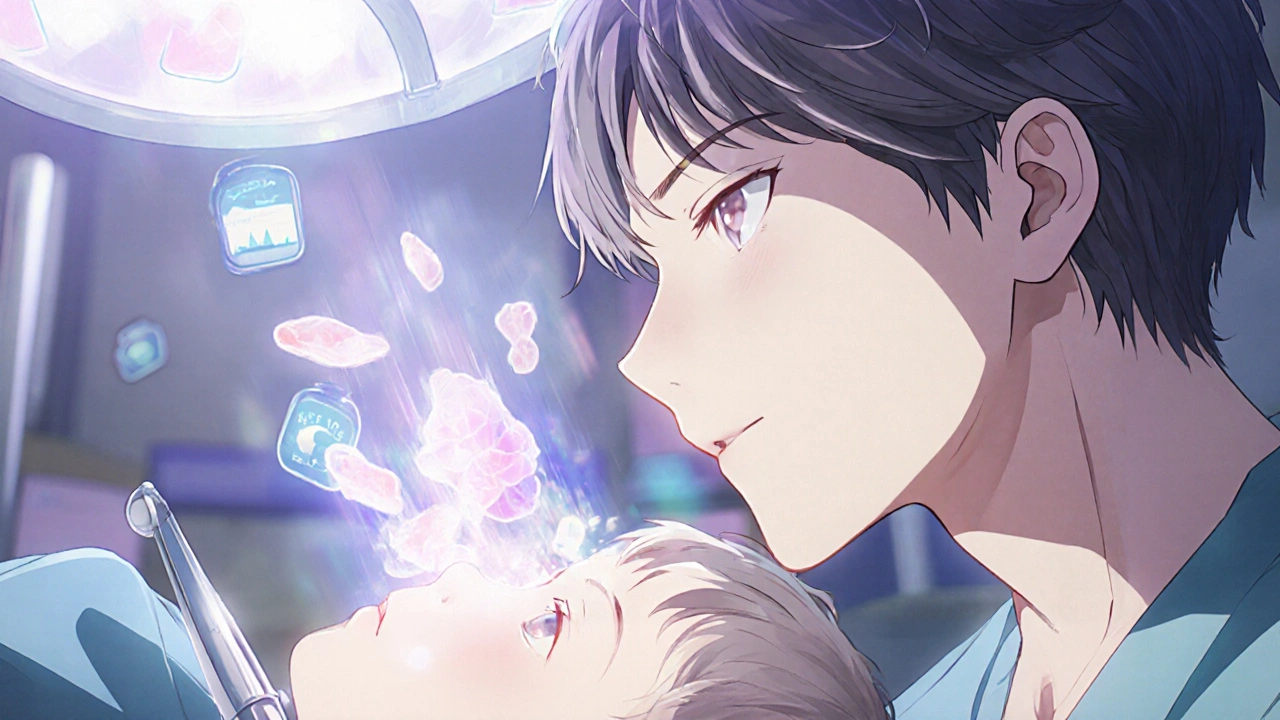
When CPAP Is the Answer
Not every child is a candidate for surgery. If a child has obesity, a craniofacial disorder, a neuromuscular disease, or if the tonsils and adenoids aren’t the main problem, surgery won’t fix it. That’s where CPAP comes in.
CPAP stands for continuous positive airway pressure. It’s a machine that blows gentle, steady air through a mask worn over the nose-or sometimes the nose and mouth-while sleeping. The air pressure keeps the airway open, preventing collapse. For kids, pressure settings are lower than for adults-usually between 5 and 12 cm H2O-and must be fine-tuned during a sleep study.
When used correctly, CPAP works in 85% to 95% of cases. It’s especially effective for children with obesity-related sleep apnea, where surgery alone has a success rate as low as 27%. It’s also the go-to option for kids who still have apnea after surgery.
But here’s the catch: kids hate the mask. Many feel claustrophobic. Others get skin sores, dry noses, or just can’t sleep with something on their face. Studies show 30% to 50% of children don’t use CPAP regularly. That’s why fitting matters. Pediatric-specific masks-smaller, softer, with less bulk-are essential. And they need to be replaced every 6 to 12 months as the child grows. Parents often need to spend weeks helping their child get used to it, using rewards, practice sessions during the day, and patience.
Other Treatments You Should Know About
Surgery and CPAP aren’t the only options. For milder cases, doctors sometimes try non-surgical approaches first.
Inhaled corticosteroids-like fluticasone nasal spray-are used to shrink swollen adenoid tissue. A daily dose of 88 to 440 mcg can reduce symptoms in about 30% to 50% of children with mild sleep apnea. But it takes 3 to 6 months to see results. It’s not a cure, but it can buy time or avoid surgery in borderline cases.
Another option is rapid maxillary expansion. This orthodontic device widens the upper jaw over 6 to 12 months. It works best for kids with narrow palates, which often go hand-in-hand with sleep apnea. Success rates are 60% to 70%. It’s slow, but it addresses the root cause: a small airway space.
There’s also montelukast, a daily pill used for asthma and allergies. Some studies show it can reduce tonsil size by targeting inflammation caused by leukotrienes. It’s not FDA-approved for sleep apnea, but doctors sometimes prescribe it off-label, especially for kids who can’t have surgery. Again, it takes months to work.
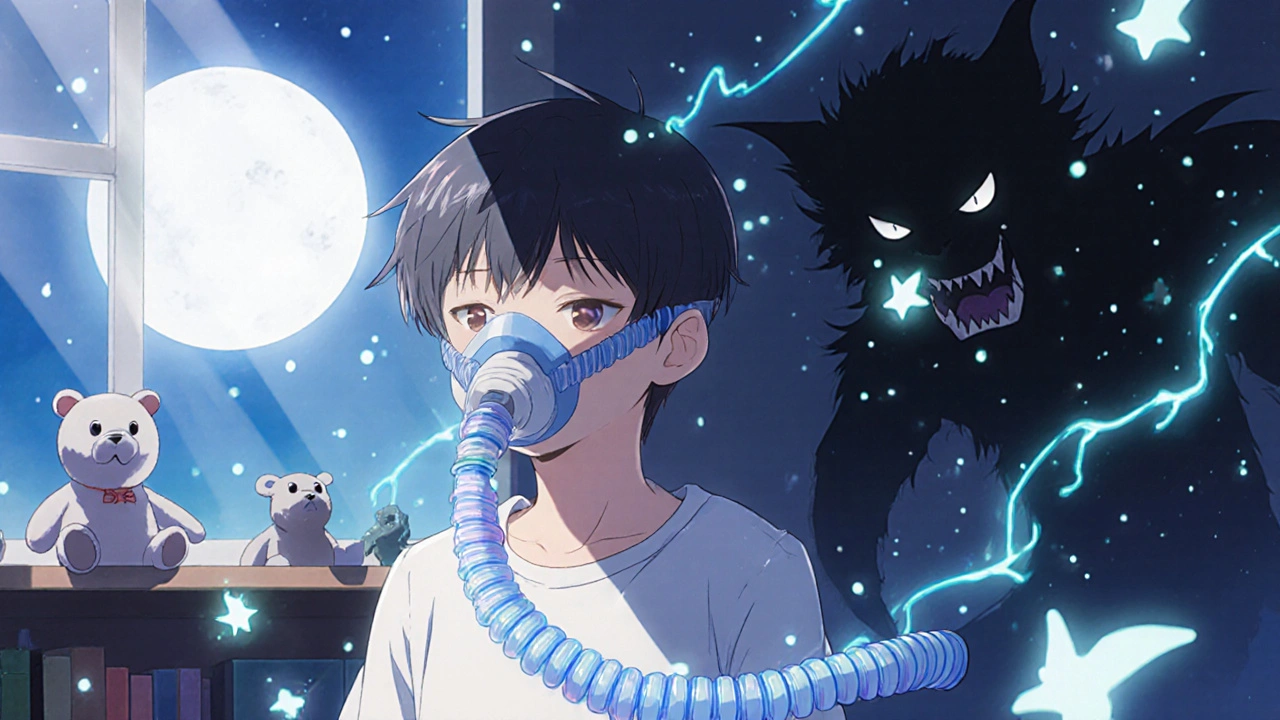
What Happens After Treatment?
Even after surgery or starting CPAP, follow-up is critical. A child’s airway changes as they grow. Tonsils can regrow, adenoids can swell again, or new problems like obesity can develop.
The American Thoracic Society recommends a repeat sleep study 2 to 3 months after surgery to make sure the apnea is gone. If symptoms return-snoring, bedwetting, daytime tiredness-another test is needed. For CPAP users, the mask may need refitting every year. Pressure settings can change as the child grows or gains weight.
Some kids develop something called complex sleep apnea after surgery. That’s when the brain stops telling the body to breathe, not because the airway is blocked, but because the control system is confused. In these cases, doctors may adjust CPAP settings or switch to a different type of device.
How to Know If Your Child Needs Help
Not every snorer has sleep apnea. But if your child does all of these, it’s time to talk to a doctor:
- Snoring louder than talking or breathing
- Pauses in breathing during sleep, followed by gasping or choking
- Restless sleep, sleeping in strange positions (neck bent back, mouth open)
- Daytime sleepiness, trouble waking up
- Behavioral issues, poor school performance, difficulty paying attention
- Mouth breathing, dry mouth, or frequent ear/nose infections
If you notice even one of these signs regularly, don’t wait. A sleep study is the only way to know for sure. It’s painless. Your child sleeps overnight in a hospital or clinic while sensors track breathing, oxygen, brain waves, and heart rate. The results tell doctors exactly what’s happening.
What Parents Can Do Right Now
While waiting for a diagnosis or treatment plan, here’s what helps:
- Keep the bedroom cool and humid. Dry air makes nasal congestion worse.
- Use saline nasal spray or a neti pot to clear nasal passages before bed.
- Keep allergens out: wash bedding weekly, use hypoallergenic pillows, avoid stuffed animals in bed.
- Help your child maintain a healthy weight. Even a small amount of weight loss can improve breathing.
- Don’t let your child sleep on their back. Side sleeping can reduce airway collapse.
These steps won’t cure sleep apnea, but they can make symptoms less severe and make other treatments more effective.
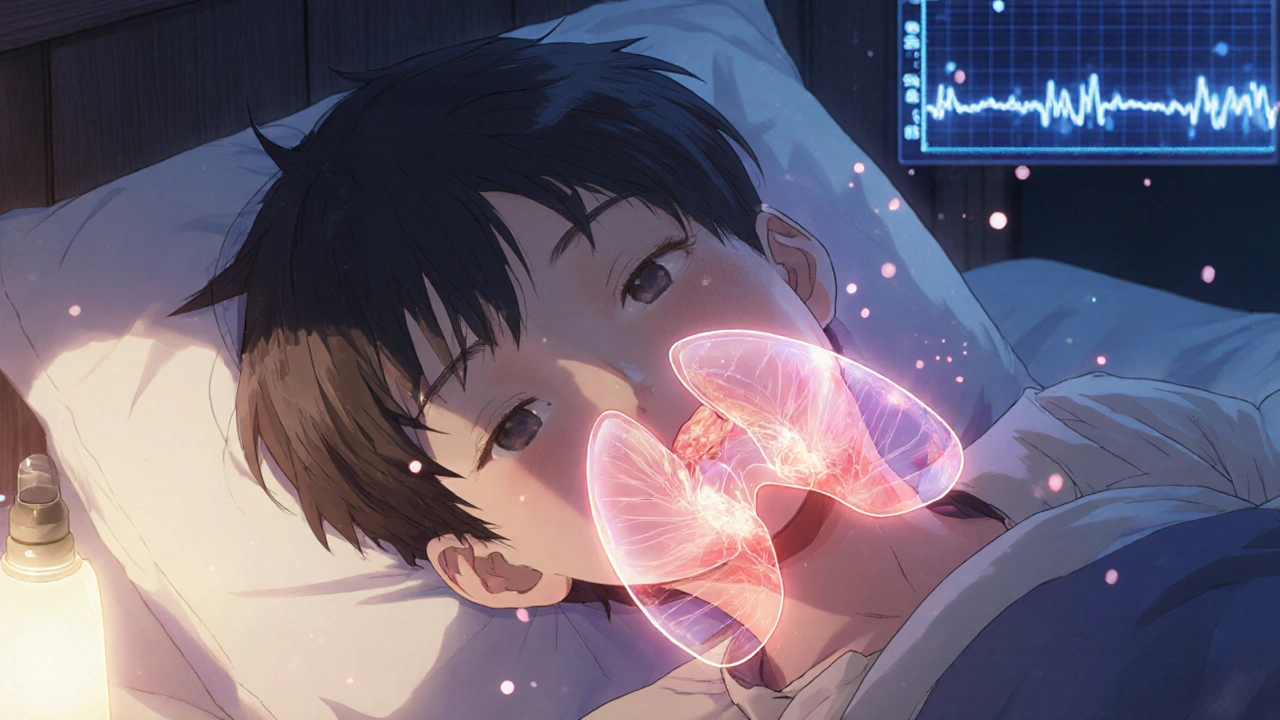
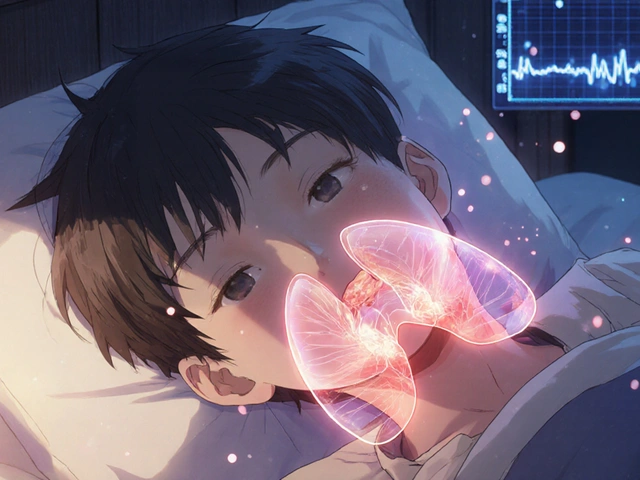
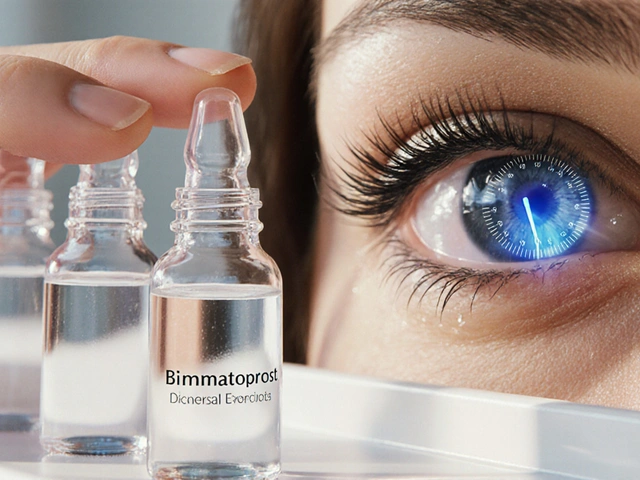
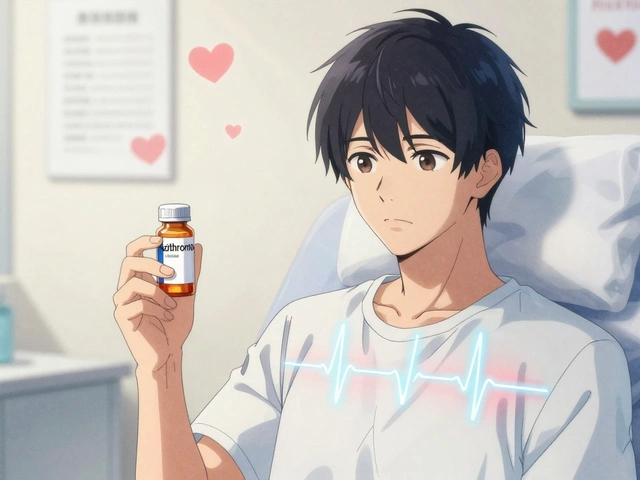
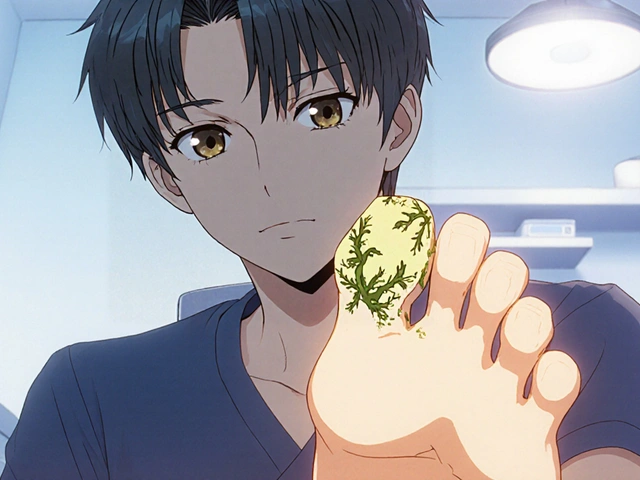


Kathryn Ware
November 18, 2025 AT 21:26I’ve been using saline sprays and side-sleeping for my 5-year-old since we noticed the snoring-holy crap, what a difference! 🌙✨ We started two weeks ago and he’s actually waking up smiling now. No more 6 a.m. zombie mode. Also, the humidifier? Non-negotiable. I didn’t think it’d matter, but dry air makes his nose feel like sandpaper. This post saved my sanity. Thank you.
satya pradeep
November 19, 2025 AT 11:20Man i read this whole thing and wow. My cousin kid had this and they did the surgery-tonsils AND adenoids. Kid was like a new person after 3 weeks. No more school meltdowns, no more night terrors. But man the recovery? Brutal. He cried for 3 days straight. Parents gotta be ready for that. Also-CPAP masks for kids are like trying to strap a space helmet on a hamster. Good luck.
Prem Hungry
November 19, 2025 AT 19:10As a pediatric nurse, i’ve seen this too many times. Parents think snoring is cute. It’s not. It’s a silent crisis. I always tell them: if your child breathes through their mouth while sleeping, that’s not a habit-it’s a red flag. And yes, montelukast works for some. Not a cure, but a bridge. And yes, orthodontic expansion? Real science. Not witchcraft. Stop dismissing it.
Jeremy Hernandez
November 20, 2025 AT 16:24They’re lying to you. Tonsillectomy isn’t the answer-it’s Big Pharma’s way of selling surgery. The real cause? Glyphosate in the food. It inflames lymph tissue. Google it. Kids in the 80s didn’t have this problem. Now? Every kid’s got swollen glands. And CPAP? That’s just a bandaid. They don’t want you to know the truth. The government funds these studies. Don’t be fooled.
kora ortiz
November 22, 2025 AT 04:32My son had apnea at age 4. We did the surgery. He’s 9 now. No issues. No CPAP. No meds. Just a quick procedure and a week of ice pops. This isn’t complicated. If your kid snores like a chainsaw and acts like a zombie at school, get it checked. Stop waiting for it to ‘grow out of it.’ It won’t. Do it now.
Joseph Townsend
November 22, 2025 AT 22:19Oh my god this is the most beautiful, detailed, emotionally devastating piece of medical journalism I’ve ever read. Like, I cried reading about the adenoid size grading scale. I didn’t even know that existed. And the part where it said kids wake up just enough to breathe but not enough to rest? That’s my child. That’s our life. I feel seen. Like, finally. Someone wrote this like a novel and a textbook had a baby. I’m sending this to my entire family. And yes, the partial tonsillectomy? I’m begging my surgeon for it. Please let it be an option.
Tarryne Rolle
November 23, 2025 AT 04:39Who decided that removing children’s immune organs was the solution? We’ve been conditioned to believe that ‘more surgery = better.’ But what if the problem isn’t the tonsils? What if it’s the environment? The air? The processed foods? The constant exposure to allergens we’ve normalized? We’re treating symptoms like criminals, not symptoms. We’re not asking why the body is reacting this way. We’re just cutting it out. And calling it progress.
Elia DOnald Maluleke
November 24, 2025 AT 17:45It is a profound tragedy, this modern affliction of the young. The adenoids, once guardians of the throat, now become jailers of breath. In the ancient wisdom of our ancestors, the body was allowed to heal-through herbs, through air, through stillness. Now we slice, we pump, we mask. And we call it medicine. But tell me: when the child wakes each morning, not with peace, but with the ghost of a machine breathing for them-is this healing? Or is it merely the quiet surrender of nature to the machine?
Kyle Swatt
November 26, 2025 AT 02:45I’ve been reading up on this for months after my daughter’s diagnosis. The thing nobody talks about? The emotional toll on the kid. She’d cry every night before bed because she knew the mask was coming. We spent weeks just letting her hold it. Play with it. Sleep with it on the pillow. Eventually she started calling it ‘Mr. Breeze.’ Now she puts it on herself. It’s not about the device-it’s about trust. And patience. And showing up. Even when you’re exhausted. Even when you’re scared.
Bill Machi
November 27, 2025 AT 11:50This is a textbook example of American medical overreach. We surgically remove tonsils like they’re weeds, then slap a $3000 machine on their face. Meanwhile, in Germany, they use conservative management and see 70% improvement without surgery. We don’t need more procedures-we need better training for pediatricians. And stop pushing CPAP like it’s a miracle. It’s a crutch. And it’s expensive. And it’s not even covered well by insurance. This system is broken.
Kelsey Robertson
November 27, 2025 AT 21:09But what if… the real issue is that kids are just too tired from too much screen time? What if we’re pathologizing normal childhood fatigue? I mean, my niece sleeps with her mouth open and snores a little-but she’s also on TikTok until 1 a.m. Maybe we’re just lazy parents who don’t enforce bedtime. Maybe the answer isn’t surgery… it’s a phone charger in another room.